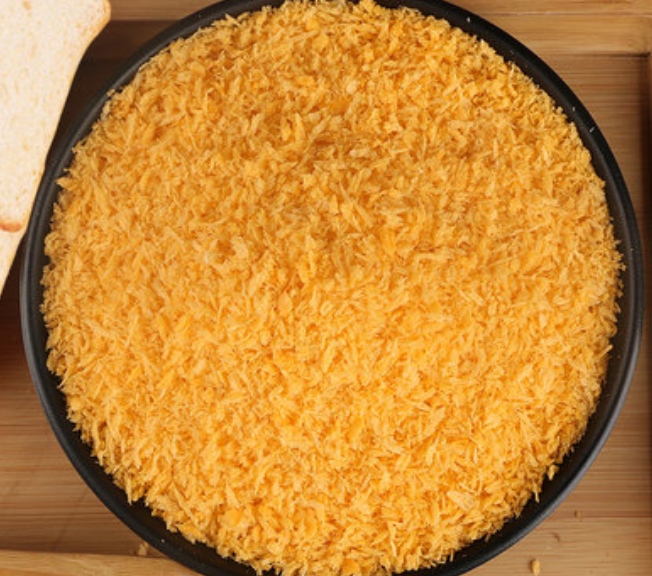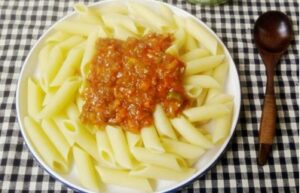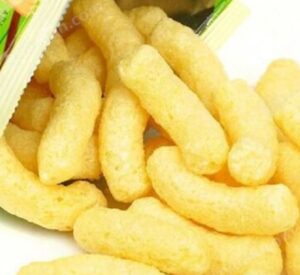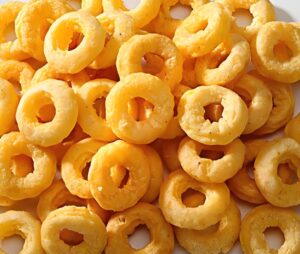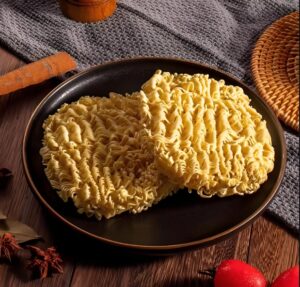<h1>The Comprehensive Guide to Bread Crumbs Production Process</h1>Table of Contents
ToggleIntroduction
Bread crumbs are a versatile ingredient widely used in the food industry for coatings, toppings, and fillings in products like fried foods, meatballs, and baked goods. In the B2B sector, understanding the production process is essential for manufacturers, exporters, and importers to ensure quality, efficiency, and compliance with international standards. This article delves into the step-by-step production of bread crumbs, highlighting key techniques and best practices to help businesses optimize their operations and meet global demand.
Raw Materials Used in Bread Crumbs Production
The foundation of high-quality bread crumbs starts with selecting the right raw materials. Primarily, bread crumbs are made from leftover or unsold bread, which can include white, whole wheat, or specialty loaves. Other ingredients like salt, herbs, or seasonings may be added for flavored variants. In B2B settings, suppliers must source these materials from reliable vendors to maintain consistency and avoid contaminants. Freshness and moisture content are critical factors, as they directly impact the final texture and shelf life of the product.
Additionally, some manufacturers incorporate additives such as preservatives or emulsifiers to enhance durability during storage and transportation. For organic or gluten-free options, alternative bases like rice or almond flour might be used. This flexibility allows B2B companies to cater to diverse market needs, from fast-food chains to health-conscious consumers, while adhering to food safety regulations like those from the FDA or EU standards.
Step-by-Step Production Process
The production of bread crumbs involves several precise steps to transform raw bread into a fine, uniform product. This process is highly automated in large-scale B2B operations to ensure efficiency and scalability. Below is an ordered overview of the key stages:
- Bread Collection and Preparation: The process begins with gathering stale or excess bread from bakeries or production lines. The bread is sorted to remove any moldy or damaged pieces, then sliced or torn into smaller chunks for easier processing. This step is crucial for maintaining hygiene and preventing waste in the supply chain.
- Drying or Baking: Next, the prepared bread undergoes drying to reduce moisture content, typically in industrial ovens or dehydrators at controlled temperatures of 100-150°C. This step prevents microbial growth and makes the bread brittle, which is essential for the grinding phase. In B2B manufacturing, energy-efficient drying methods help reduce costs and environmental impact.
- Grinding and Milling: The dried bread is then fed into grinders or mills, where it is pulverized into coarse or fine particles. High-speed machinery ensures uniform size, with screens used to separate different grades like panko or regular crumbs. Precision in this stage affects the product’s texture, making it ideal for applications in meat processing or snack production.
- Sifting and Sieving: After grinding, the crumbs pass through sifters to remove any oversized particles or dust. This refines the product and ensures consistency, which is vital for B2B buyers who require standardized materials for their recipes. Automated systems can adjust sieve sizes based on customer specifications.
- Seasoning and Mixing: For flavored bread crumbs, seasonings such as garlic powder, herbs, or cheese are added and mixed thoroughly. This step is often done in large mixers to achieve even distribution, allowing manufacturers to create custom blends for export markets.
- Cooling and Packaging: The final mixture is cooled to room temperature to prevent clumping, then packaged in airtight containers or bags. In B2B contexts, packaging focuses on bulk quantities with features like moisture barriers for long-distance shipping, ensuring the product remains fresh during transit.
Throughout these steps, monitoring temperature, humidity, and processing time is key to producing high-quality bread crumbs. B2B facilities often integrate IoT technology for real-time tracking, enhancing productivity and reducing errors.
Equipment and Machinery Involved
In modern bread crumbs production, specialized equipment plays a pivotal role in achieving efficiency and high yields. Industrial ovens or conveyor dryers are used for the initial drying process, capable of handling large volumes while maintaining even heat distribution. These machines are designed for energy efficiency, which is a selling point for B2B exporters aiming to appeal to eco-conscious buyers.
Grinding and milling equipment, such as hammer mills or roller mills, are essential for breaking down the bread into desired particle sizes. Advanced models feature adjustable settings and dust collection systems to comply with safety standards. In the B2B sector, investing in durable machinery from reputable suppliers can lower maintenance costs and improve production uptime.
Sifting machines and mixers further streamline the process, with options for customization based on output needs. For instance, automated packaging lines with vacuum sealers ensure products are ready for international trade, reducing manual labor and minimizing contamination risks. Overall, selecting the right equipment can significantly boost a manufacturer’s competitive edge in the global market.
Quality Control and Safety Measures
Quality control is non-negotiable in bread crumbs production, especially in B2B environments where products must meet stringent regulations. Regular testing for moisture levels, microbial contamination, and particle size is conducted using lab equipment like moisture analyzers and sieves. This ensures the final product is safe for consumption and performs well in various applications.
Safety measures include adhering to GMP (Good Manufacturing Practices) and HACCP (Hazard Analysis and Critical Control Points) protocols. Workers are trained to maintain clean facilities, with regular audits to prevent cross-contamination. In export-oriented businesses, certifications like ISO 22000 can enhance trust and open doors to new markets.
Additionally, allergen management is critical, as bread crumbs may contain wheat or other triggers. Manufacturers implement labeling and segregation processes to avoid recalls, which could damage reputations. By prioritizing these measures, B2B companies can build long-term relationships with clients in the food industry.
Innovations and Sustainable Practices in Bread Crumbs Manufacturing
The bread crumbs industry is evolving with innovations that promote sustainability and efficiency. For example, many B2B manufacturers now use upcycling techniques, turning food waste into premium crumbs, which reduces environmental impact and aligns with circular economy principles. Advanced technologies like AI-driven automation optimize production lines, predicting maintenance needs and minimizing downtime.
Sustainable practices include sourcing organic ingredients and implementing energy-efficient machinery, such as solar-powered dryers. This not only lowers carbon footprints but also appeals to eco-friendly buyers in Europe and North America. In B2B trade, companies that adopt these innovations can differentiate themselves, potentially commanding higher prices for green-certified products.
Furthermore, research into fortified bread crumbs—enriched with vitamins or proteins—opens new opportunities for health-focused markets. Collaborations with tech firms for blockchain traceability ensure transparency, helping exporters comply with global regulations and build consumer trust.
Frequently Asked Questions
Below are some common questions about bread crumbs production, answered to provide clarity for B2B professionals.
- What are the main challenges in scaling bread crumbs production? Scaling up often involves managing increased waste and ensuring consistent quality, which can be addressed with automated systems and better supply chain management.
- How long does the entire production process take? From raw material preparation to packaging, it typically takes 2-4 hours per batch, depending on the scale and equipment used in industrial settings.
- Can bread crumbs be produced from gluten-free sources? Yes, alternatives like rice or oat bread can be used, making it suitable for gluten-free markets, but additional testing is required to verify compliance.
- What role does moisture control play in production? Proper moisture control prevents spoilage and maintains texture; too much moisture can lead to mold, while too little affects binding properties in food applications.
- How do regulations vary for exporting bread crumbs? Export regulations differ by country, with the EU emphasizing allergen labeling and the US focusing on FDA approvals, so B2B exporters must stay updated on international standards.
- What innovations are reducing costs in bread crumbs manufacturing? Energy-efficient dryers and AI optimization tools are key innovations that cut energy costs by up to 20-30%, making production more profitable for B2B operations.
Conclusion
In summary, the production process of bread crumbs is a blend of traditional techniques and modern innovations, offering B2B businesses opportunities for growth and sustainability. By mastering raw material selection, precise processing steps, and rigorous quality controls, manufacturers can produce high-quality products that meet global demands. This guide equips exporters and importers with the knowledge to navigate challenges, foster efficiency, and drive success in the competitive food trade landscape.

